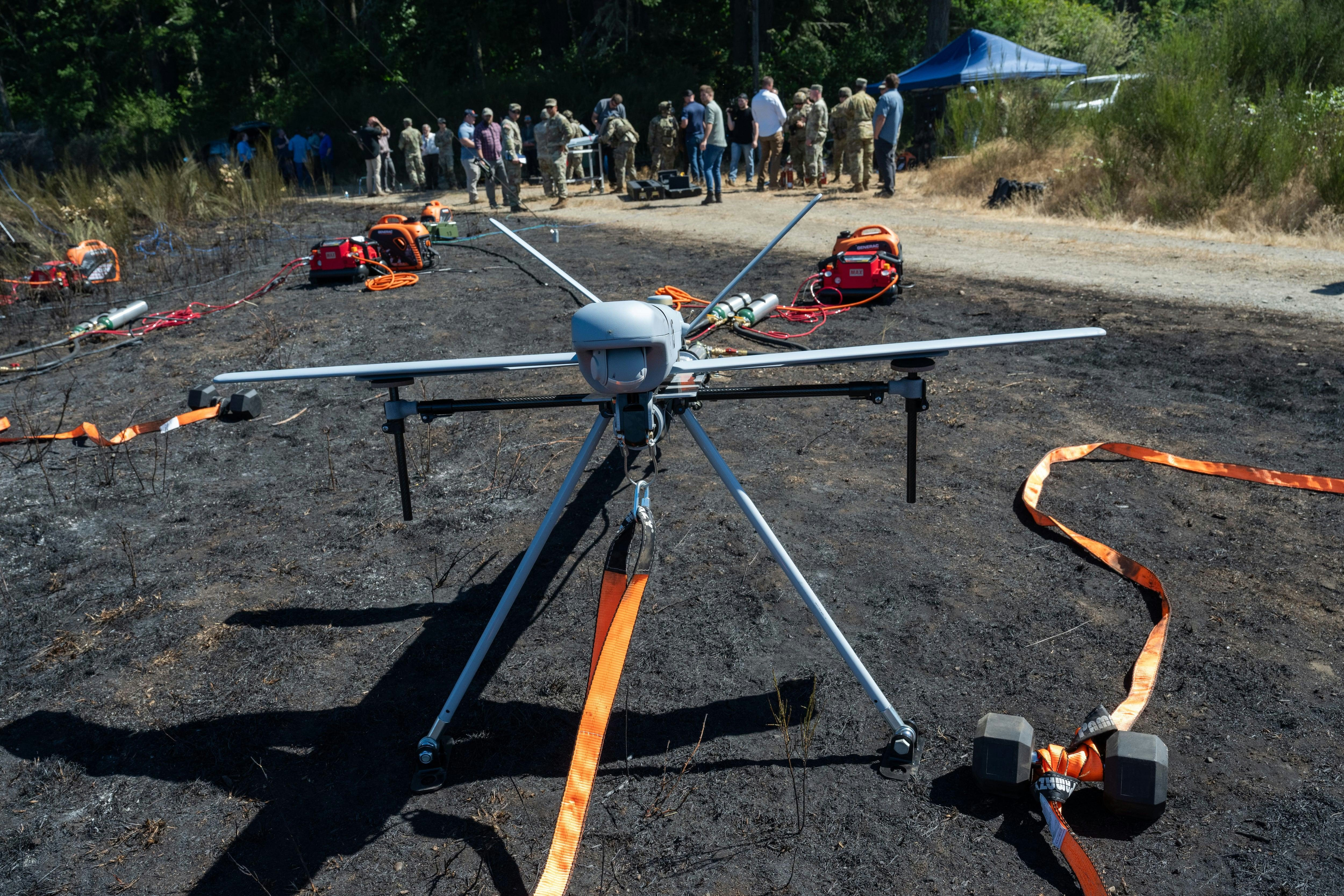
AeroGenie: il tuo copilota intelligente.
Tendenze
Categories
Nagpur Flight Returns After Bird Strike; AI Team Inspects Engines
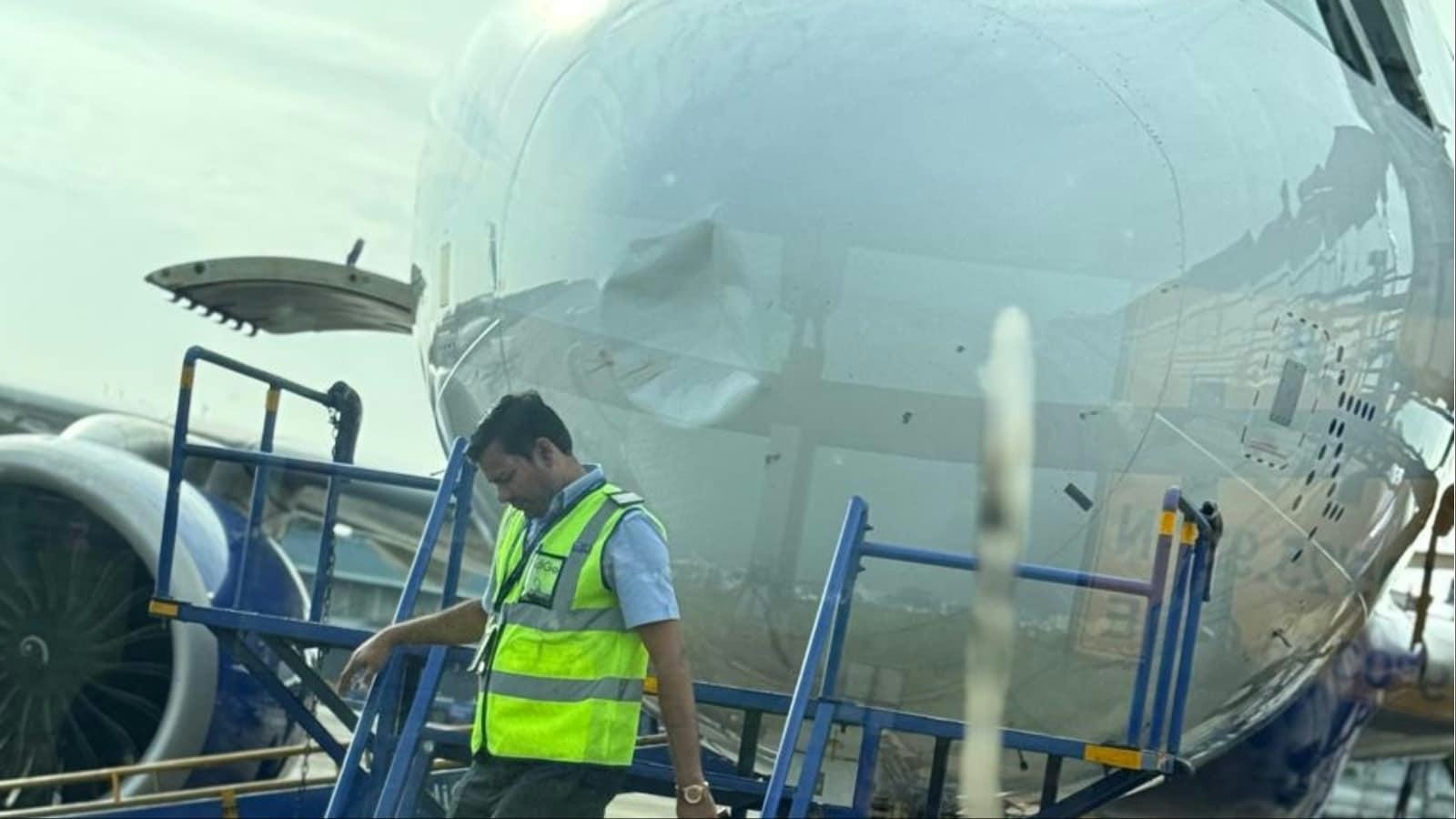
Nagpur Flight Returns After Bird Strike; Air India Conducts Thorough Engine Inspection
An Air India Airbus A320 bound for Delhi was grounded for more than 24 hours following a bird strike shortly after takeoff from Nagpur on Friday evening. The airline’s technical team carried out comprehensive inspections of both engines throughout Saturday, ultimately declaring the aircraft fit to resume service by 9:15 pm the next day.
Incident and Immediate Response
According to an official statement from Air India, flight AI-466 encountered a bird strike soon after departure, prompting the flight crew to return to Nagpur as a precautionary measure in accordance with standard operating procedures. Airport sources indicated that the bird likely struck one of the engines, causing vibrations that led the pilot to request an immediate return. An airport official confirmed that there was no immediate danger to the aircraft, noting that the airframe remained undamaged and that the incident appeared to involve a small bird.
Upon landing safely, the aircraft underwent extensive ground testing. The engines were examined at various speeds while stationary to assess any potential damage. The maintenance process extended well into Saturday evening, resulting in the cancellation of the original flight. Sources revealed that despite an initial clearance to take off, differing opinions among the technical team regarding the need for further engine inspection contributed to the delay.
Context and Industry Implications
This incident occurs amid increased scrutiny of aircraft safety and maintenance protocols, particularly following a series of technical issues involving Boeing 787 Dreamliners. Recent events—including the unexpected deployment of a backup power system on an Air India 787 flight and multiple bird strike incidents—have heightened concerns across the aviation industry about the reliability of certain aircraft models. These challenges have intensified calls for more rigorous inspections and have sparked market anxieties regarding Boeing’s reputation and sales prospects. Competitors have seized the opportunity to emphasize the reliability of their own aircraft, while ongoing lawsuits and investigations continue to highlight systemic failures and the critical need for robust safety measures.
In the case of the Nagpur bird strike, sources speculated that the bird involved may have been a nocturnal species, as the aircraft took off around 6:40 pm after dark. The relatively minor damage contrasts with a previous incident last month, when a bird strike caused damage to the nose cone of another Air India flight departing from Nagpur.
Air India reiterated that passenger safety remains its highest priority and confirmed that all necessary maintenance checks were completed before the aircraft was cleared for service.

United Airlines Flight Returns to Dulles After Engine Failure on Takeoff

United Airlines flight makes emergency landing at Dulles after engine failure

The Impact of the New Air Force One’s Delayed 2028 Arrival on Aviation and Travel

United Airlines Restarts Controversial AI Scheduling for Flight Attendants
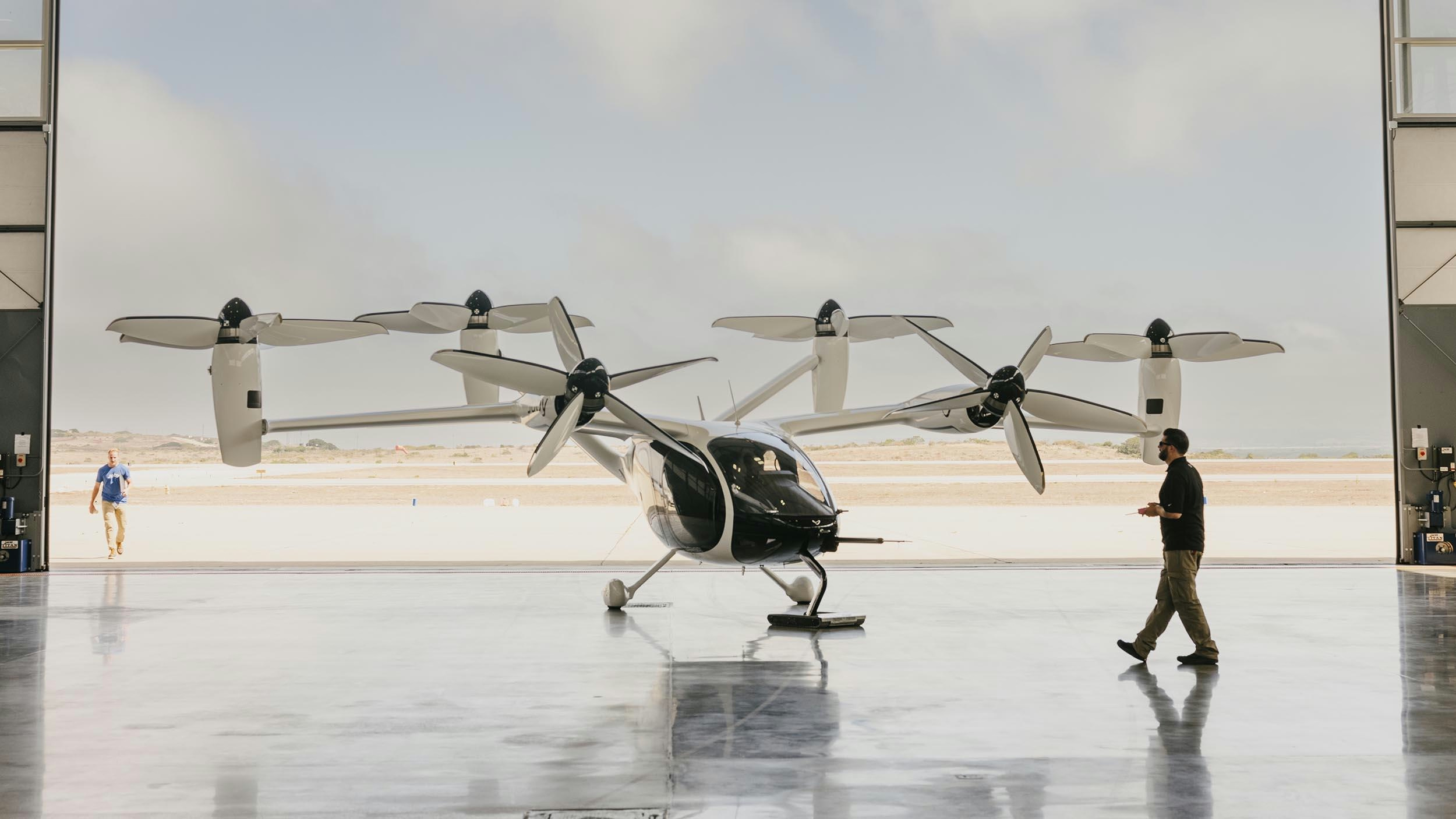
Joby Aviation’s Air Taxis Poised to Change Urban Travel and Tourism
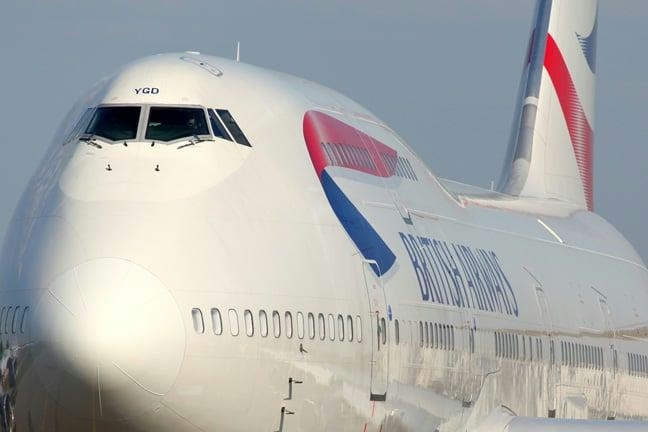
BA Chief Warns AI Agents May Diminish Brand Visibility
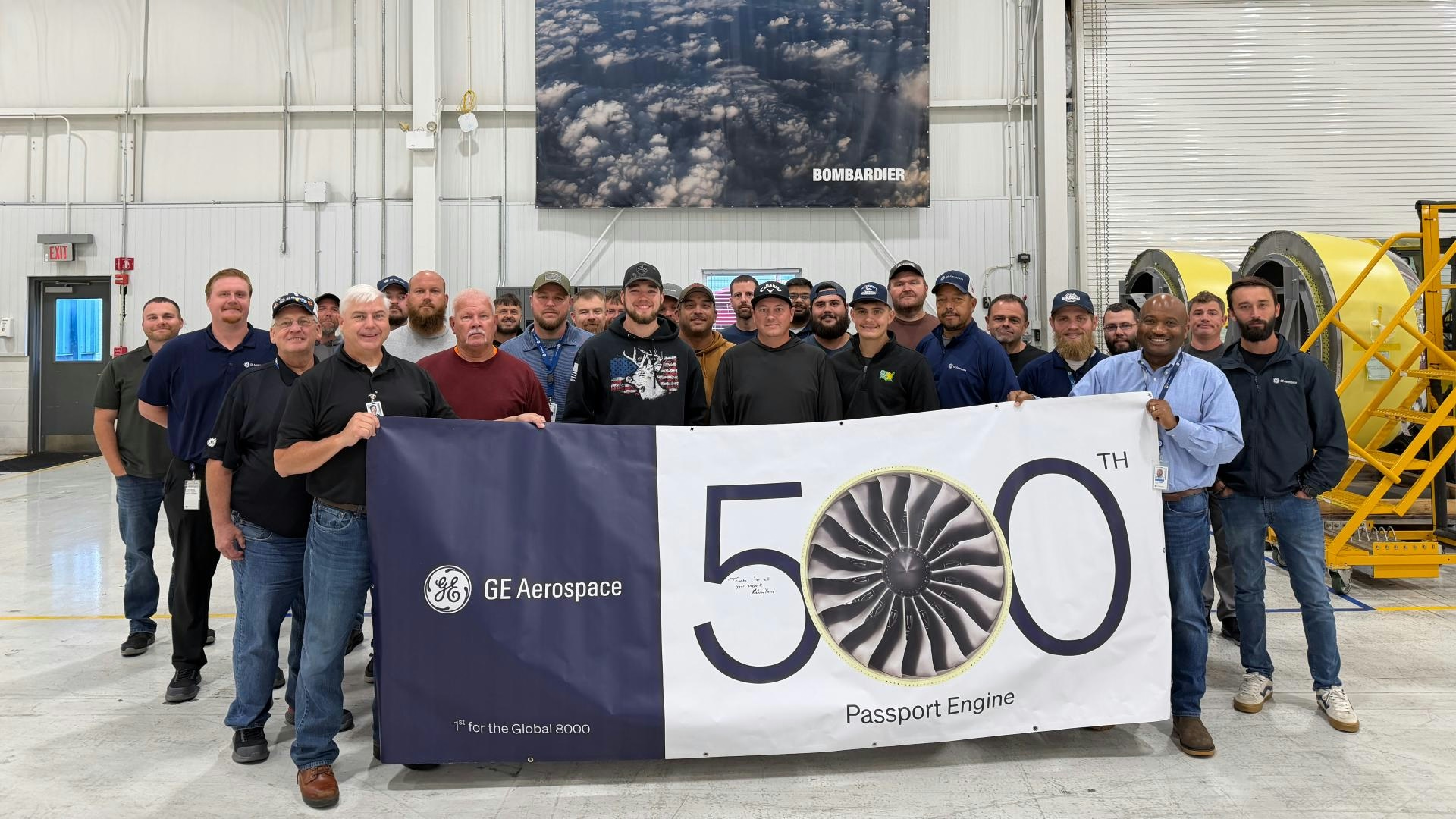
How GE Is Meeting Global Jet Engine Demand
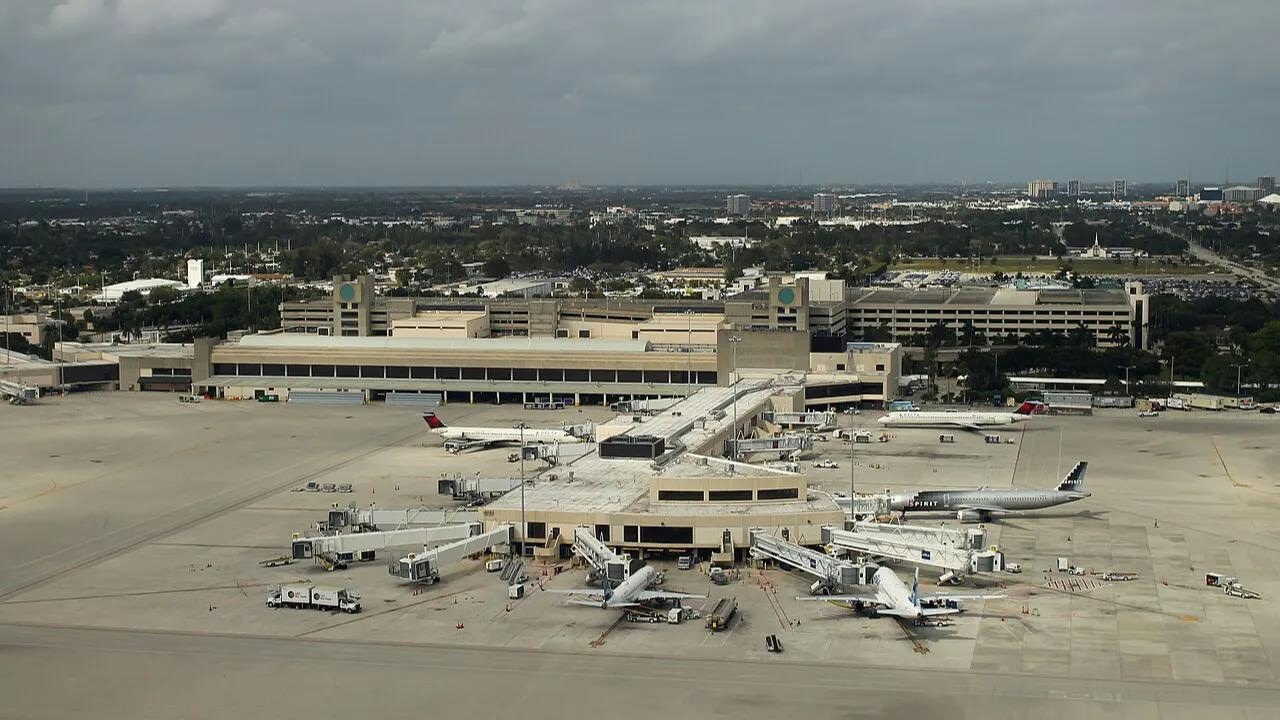
IATA Projects Airline Profits of $41 Billion in 2026
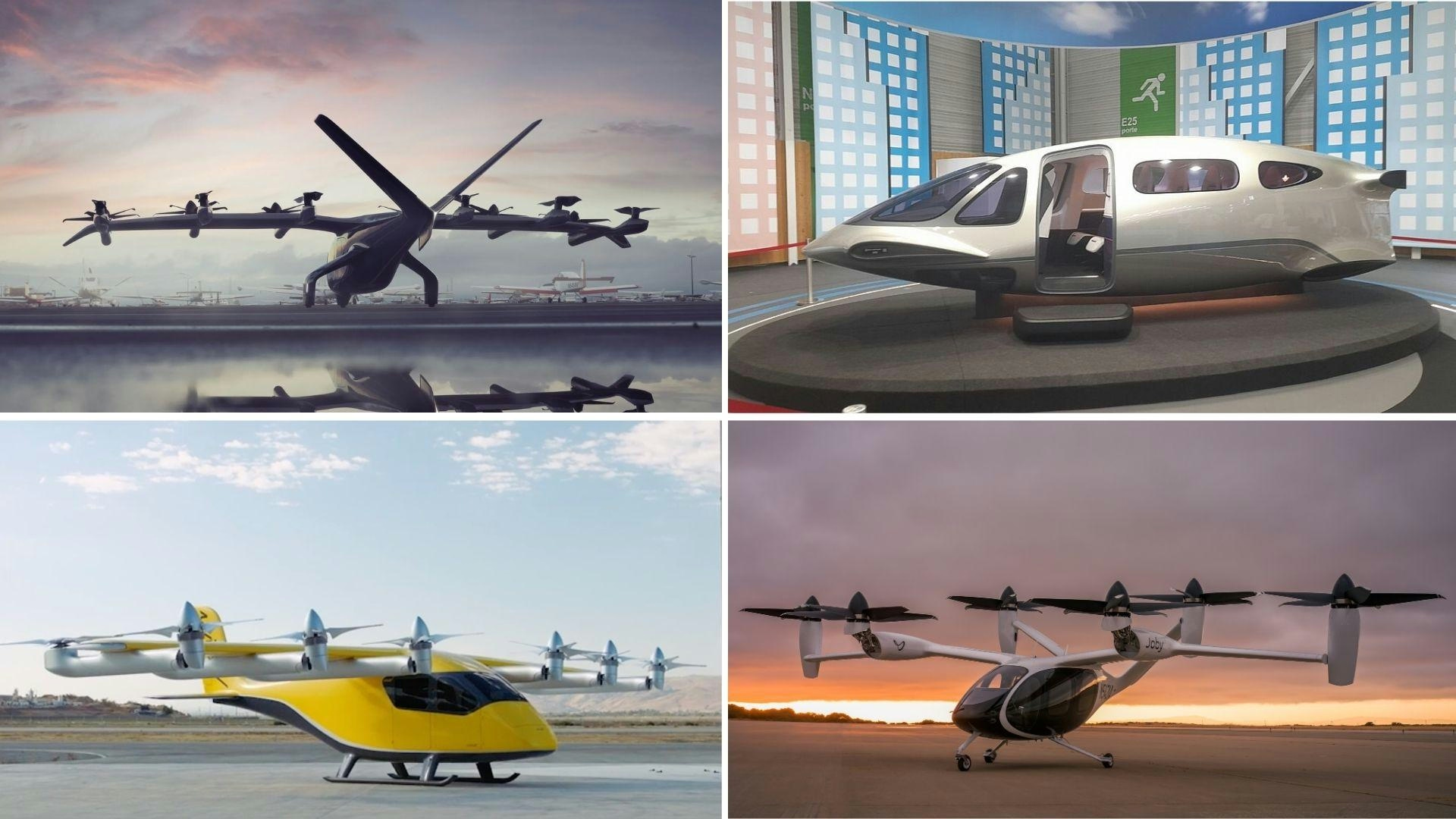
Five Air Taxis Poised to Shape Urban Mobility by 2026
